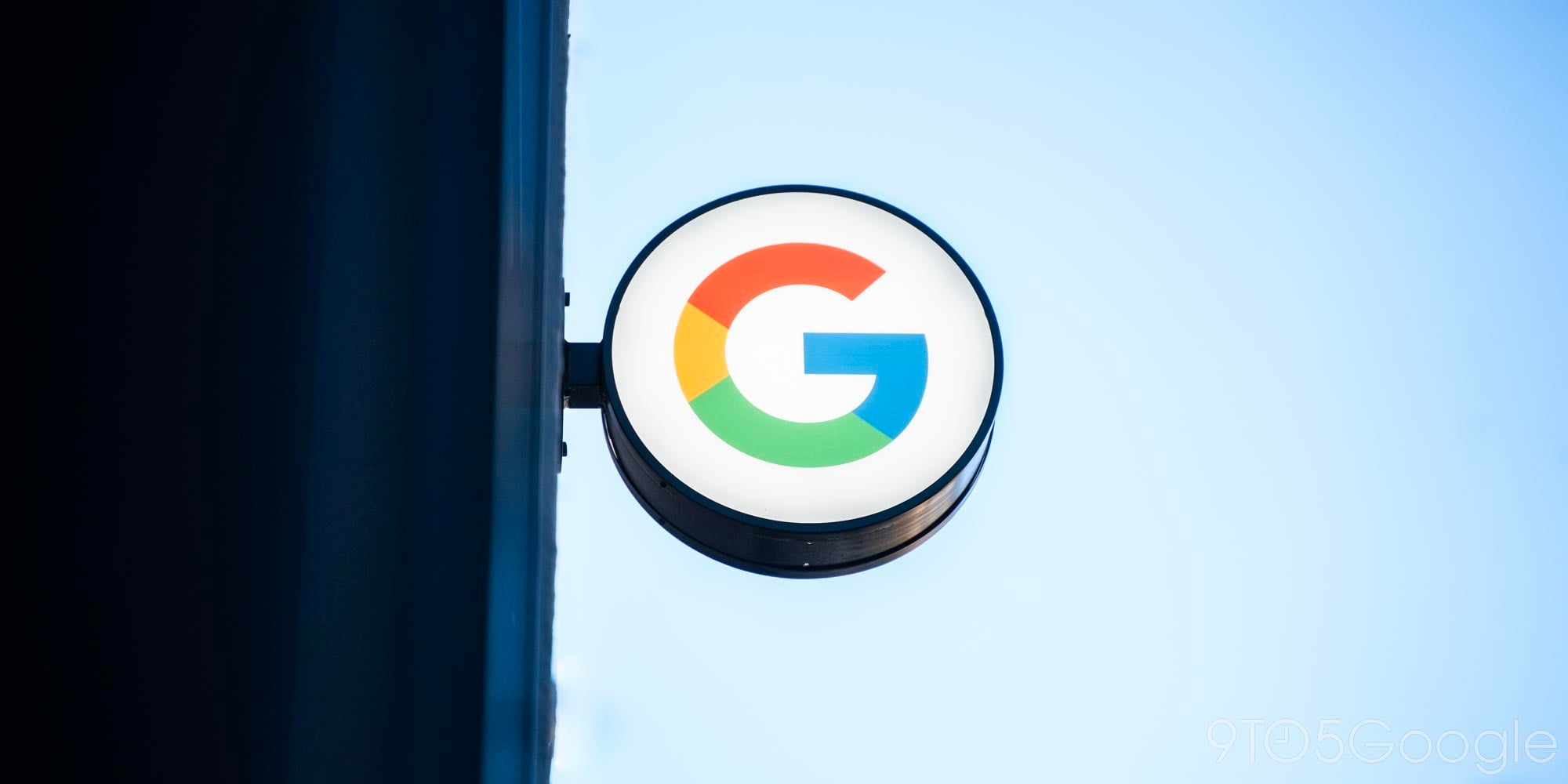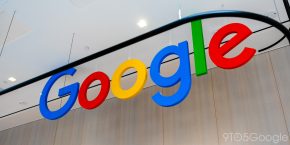

The Google Glass Explorer program ended somewhat abruptly in January, and this didn’t come as much surprise to the Glass-bashing media nor those who tried the device for their own consumer use. In these situations, where Glass was a privacy nightmare and an underpowered gadget, the head-mounted wearable display would appear to be a failed piece of consumer technology (and Google’s Astro Teller believes that allowing this mindset to spread was one of the project’s biggest failures).
And it’s true. The first-generation of Google Glass might not really bring much value to the daily lives of most people, and it’s definitely not close to being socially acceptable quite yet. But many companies and organizations that adopted the experimental $1,500 spectacles for specific use cases weren’t so quick to dismiss the device. In fact, there are many groups—even now, after the Explorer program has ended—who are still doing some exciting things with it.
Raising awareness for brain cancer
Google Glass has been the center of many charitable initiatives, but one that’s very notable finally took place in late February. 3000 Miles to a Cure is a non-profit that raises awareness for brain cancer, and was one of the five “Giving through Glass” contest winners. The winners got Glass, a $25,000 grant, and access to some developers to make their app idea a reality. Even though the Explorer program was shuttered in January, Google continued to work with 3000 Miles to a Cure to make sure their idea launched.
https://vimeo.com/103920640
The Bike Sebring 12-hour race in Florida that took place in February was the first to have riders use the non-profit’s app made in partnership with Primacy. The app allowed riders to take photos and videos to be shared on YouTube and social media. Fans could then send messages to the riders if they contributed at least a dollar—and they could even choose where on a rider’s route they wanted the message to appear for them. 3000 Miles to a Cure managed to secure $2,000 in donations thanks to the app, and it’s going to be used again this summer for Race Across America 2015.
Streaming sports and medicine
As we told you in Part 2 of our “Don’t believe the unbelievers” series, CrowdOptic has been doing a lot of really interesting things with the Google Glass camera. In the medical field, the company has installed its streaming software, which is HIPAA compliant, in 53 U.S. hospitals—including Stanford and UCSF. And in July of 2014, CrowdOptic’s software brought video broadcasts to ProTransport-1 ambulances, which sends a video feed from an ambulance to a destination hospital during emergency response.
CrowdOptic has also given Google Glass many use cases in sports, bringing real-time video streams to scoreboards and TV. The company serves two dozen sports stadiums, and this business has been very profitable—the team has over 20 people on board as of our report earlier this year. For context, the company says it averages around $150,000 in revenue per client. This is a lot of money for a company that has built its technology around a “failed” device that many say was recently killed off.
Of all the ten current Glass at Work partners, CrowdOptic seems to be making some of the biggest impact on wearables thus far. They’re making sure to nail down that success with some recently-granted US patents, including US Patent #8,527,340, which gives the company the rights to an algorithm that automatically selects the best of many Google Glass video streams based on movement and video quality. The company’s second US patent was just granted, the company says, and it has several overseas patents as well.
Learning about plant health
 If you happen to be a regular reader of scientific research journal “Lab on a Chip” (specifically Issue 7), you might have noticed that there’s a recently-published paper called “Quantification of plant chlorophyll content using Google Glass”. In this paper, scientists from a research group at the University of California put some special software together for Google’s wearable computer alongside a 3D-printed leaf holder that can estimate a leaf’s chlorophyll content.
If you happen to be a regular reader of scientific research journal “Lab on a Chip” (specifically Issue 7), you might have noticed that there’s a recently-published paper called “Quantification of plant chlorophyll content using Google Glass”. In this paper, scientists from a research group at the University of California put some special software together for Google’s wearable computer alongside a 3D-printed leaf holder that can estimate a leaf’s chlorophyll content.
As per the paper’s abstract:
This Google Glass based chlorophyll measurement platform can display the results in spatiotemporal and tabular forms and would be highly useful for monitoring of plant health in environmental and agriculture related applications, including e.g., urban plant monitoring, indirect measurements of the effects of climate change, and as an early indicator for water, soil, and air quality degradation.
All that you have to do is say ‘Okay Glass, image a leaf’, and photos are taken of the leaf being illuminated by both red and then white LEDs by the holder. These images are processed by an external server, and the Google Glass GPS can even record the physical location of the leaf measured—the app does more than take advantage of a wearable camera. Many other chlorophyll measuring devices are destructive and time-consuming, and this app might be a great alternative.
Fire fighting and emergency response
As previously mentioned, there’s a lot of utility that Google Glass can bring to emergency response. On top of sending a hospital a video stream of what’s happening within an incoming ambulance, Glass also shows promise as a tool for fire fighting. It may not directly prevent fires from happening, but Google Glass can definitely provide an easy way for fire fighters to document what locations look like post-fire, get information out to the public, and even help them locate fire hydrants.
[protected-iframe id=”2e28a5546b08499c25ca0d80d3894ed6-22427743-37434152″ info=”http://up.anv.bz/latest/anvload.html?key=eyJtIjoiTElOIiwicCI6ImRlZmF1bHQiLCJ2IjoiNDQ0ODc1IiwicGx1Z2lucyI6eyJkZnAiOnsiYWRUYWdVcmwiOiJodHRwOi8vcHViYWRzLmcuZG91YmxlY2xpY2submV0L2dhbXBhZC9hZHM%2Fc3o9MXgxMDAwJml1PS81Njc4L21nLldCQVkvbmV3cy9sb2NhbC9maXJlZmlnaHRlcnMtdGVzdGluZy1nb29nbGUtZ2xhc3MvZGV0YWlsJmNpdV9zenM9MzAweDI1MCZnZGZwX3JlcT0xJmVudj12cCZvdXRwdXQ9eG1sX3Zhc3QyJmFkX3J1bGU9MSJ9LCJhbmFseXRpY3MiOnsicGRiIjoiMjEwNTM5MjIifSwib21uaXR1cmUiOnsicHJvZmlsZSI6IkxJTiIsImFjY291bnQiOiJsaW50dndiYXksZHBzZ2xvYmFsIiwidHJhY2tpbmdTZXJ2ZXIiOiJsaW50di4xMjIuMm83Lm5ldCJ9fX0″ width=”640″ height=”360″ frameborder=”0″ scrolling=”no” webkitallowfullscreen=”” mozallowfullscreen=”” allowfullscreen=””]
Recently, The Green Bay Metro Fire Department took the device out for a test run. “Our battalion chiefs may be potentially wearing this when they go on scenes. It’ll give them a tool maybe to, when the fire’s out, look at what happened, this is what we saw when we rolled up, to help in the investigation process, also to get information out to the public,” says the department’s Lt. Nick Craig.
Teaching students about blindness

Google Glass has had its share of classroom applications, but one recent story from Fast Company tells how the device has been used to teach students about blindness. One Lex Gillette, a blind Paralympic silver medalist, actually spends sessions wearing Google’s head-mounted computer to directly show students what it’s like to spend a day without normal vision:
The concept is a bit counterintuitive. Gillette wears Glass, records video, and then sends a feed to roughly 120 students in California, Philadelphia, Indiana, and Louisiana. They then prepare questions for him (“What is your favorite color?” “How do you achieve success?” or “Do you drink coffee?”) and via video chat, and Gillette answers them while offering demonstrations of how he goes about his day.
Classroom Champions, another one of the five “Giving through Glass” contest winners, organizes connecting Olympic and Paralympic athletes with students in high-need schools—and they saw Gillette as the perfect opportunity to once again bring Google’s wearable computer to the classroom. The school said the bigger goal here was to “increase children’s empathy and goal-setting skills,” and it looks like it’s working. “He shows us how he uses his phone, runs on the track, and walks around. It’s like we’re there,” one of the students said.
FTC: We use income earning auto affiliate links. More.




Comments